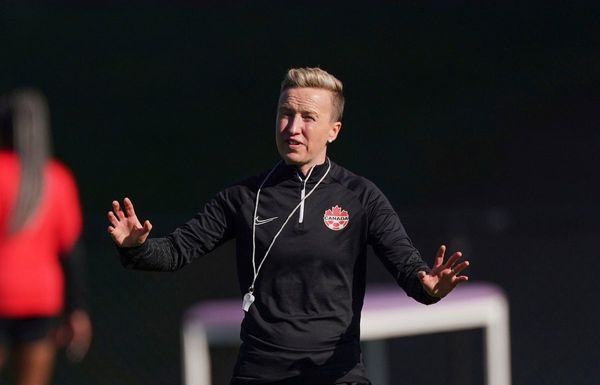
Scottish lairds will be ordered to break up their estates into smaller parcels during sales under plans to reverse the country’s heavily concentrated patterns of land ownership.
A land reform bill proposes introducing rules that could force someone selling an estate larger than 1,000 hectares (2,471 acres) to divide it into smaller lots, if it is was needed to increase the number of people owning land or living in the area.
The Scottish Land Commission, a government quango, has found that Scotland has Europe’s most concentrated pattern of land ownership, predominantly in the hands of hereditary owners often known as lairds, as well as farmers, heritage bodies, forestry businesses and grouse moor managers.
In some areas, they behaved like “socially corrosive” monopolies, the commission said, exercising too much economic and social power.
The policy, known as lotting, is designed to allow more farmers, community groups, businesses and smallholders to buy land or islands at a time when Scottish land prices have risen dramatically. Reversing rural depopulation could also be a key criterion.
In 2019, the commission found that 1,125 owners, as well as bodies such as Forestry and Land Scotland and the National Trust for Scotland, owned 70% of rural Scotland, covering more than 4.1m hectares of countryside. Within that, 1.7m hectares was owned by 87 people.
The new powers, set out in the land reform (Scotland) bill, are expected to affect only a small number – between five and 15 – of the hundreds of rural properties put up for sale in Scotland each year. Owners will be expected to notify local communities before land goes on the market.
Sarah-Jane Laing, the chief executive of Scottish Land and Estates, said the new measures were a destructive “full-on attack” on the property rights of owners and would be counterproductive.
“The government is taking an irrational approach to farms and estates over 1,000 hectares, which seems to be driven purely by a desire to break these up regardless of the outcome,” she said. “The blizzard of regulations [will] create conflict, cause market uncertainty and deter much-needed investment.”
Josh Doble, of Community Land Scotland, which acts for community owners, said Laing was wrong. The legislation would not deter investment but “it may help to reduce wildly inflated land prices, democratise land ownership and help to ensure landholdings are bought and sold with the public interest as part of the decision-making process,” he said.
Community buyouts of urban properties and buildings have soared in Scotland, but despite several land reform acts the sale of large rural estates to local communities has stalled.
That is partly because of rising prices but also the failure of ministers in Edinburgh to double the £10m in funding available from the Scottish Land Fund. They have pledged to do so before the next Holyrood election in 2026.
Properties would be subject to a “transfer test” by a new land and communities commissioner, who would join the Scottish Land Commission but answer directly to ministers in Edinburgh. Ministers would then decide the size of each piece of land.
Unlike Scotland’s community buyout and asset transfer laws, the bill does not require the commissioner to prove there are willing buyers for the land, just that a breakup is desirable.
Hamish Trench, the commission’s chief executive, said the measures would ensure “a fairer and more dynamic approach to land ownership in Scotland”.
He said: “Our research shows that governments worldwide often regulate land markets to safeguard the public interest and support sustainable development. In so doing, Scotland would be operating within a widely recognised and accepted approach to land rights and regulation.”
• This article was amended on 14 March 2024 because 1,000 hectares are the equivalent of 2,471 acres, not 2,741 acres as an earlier version said.







